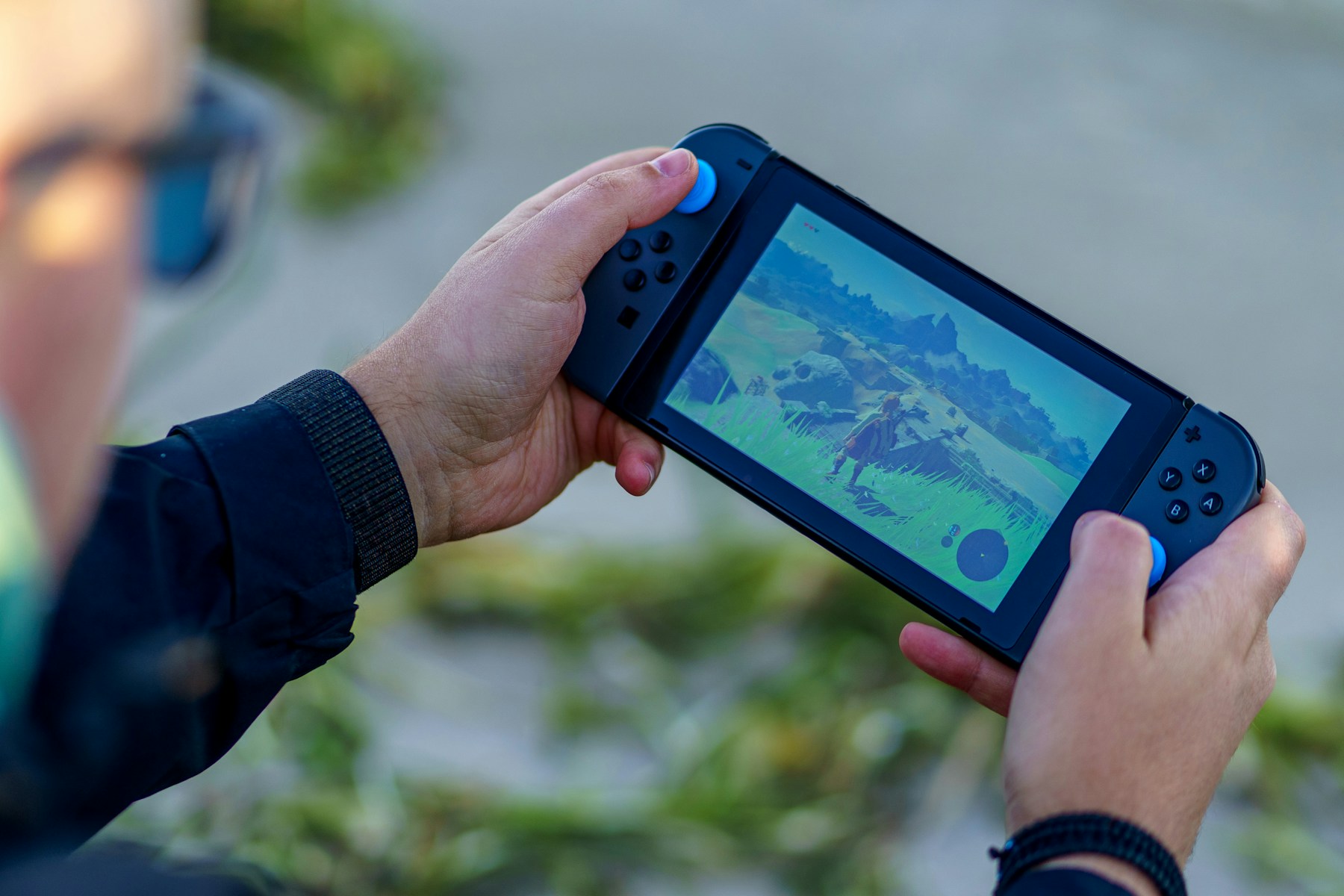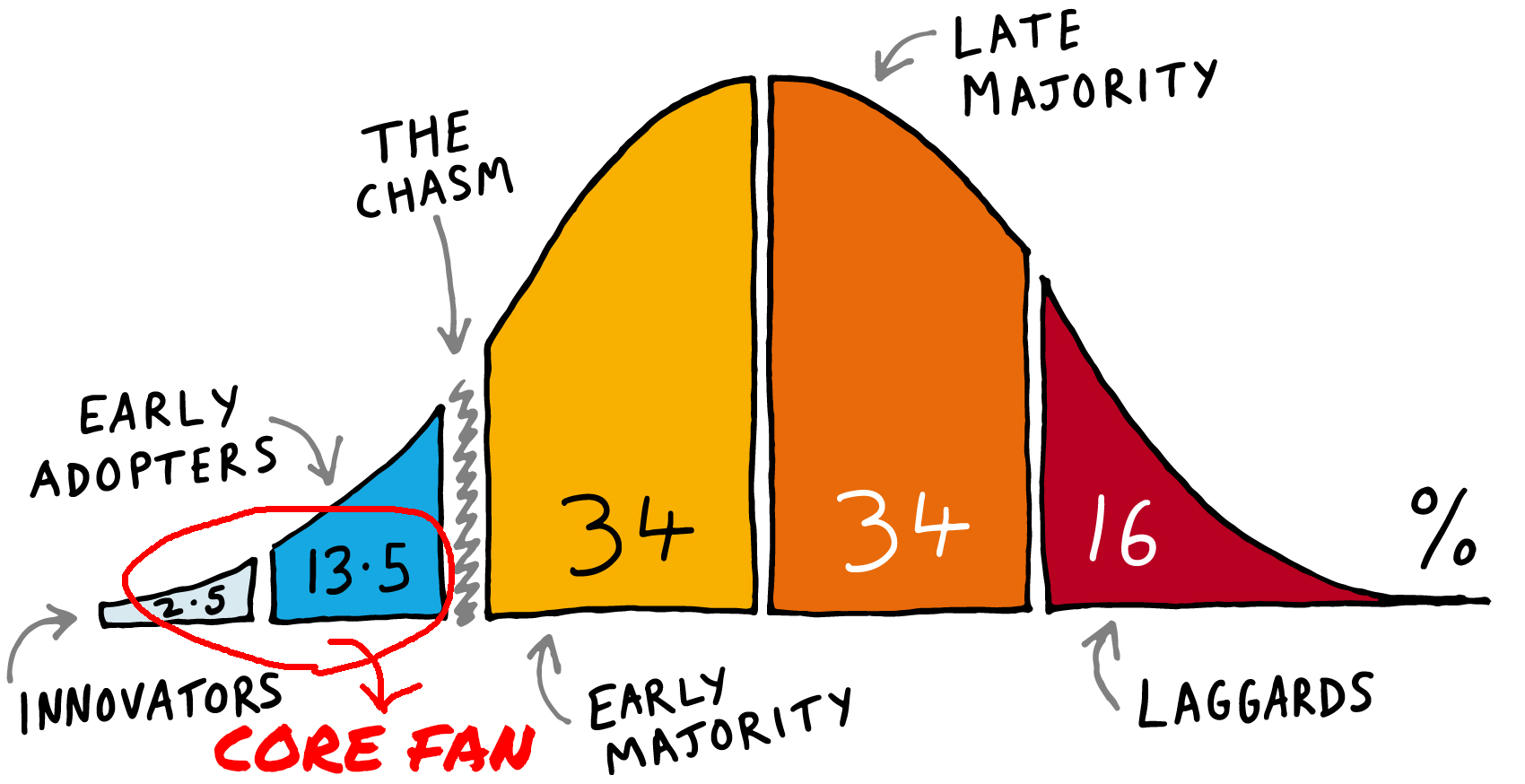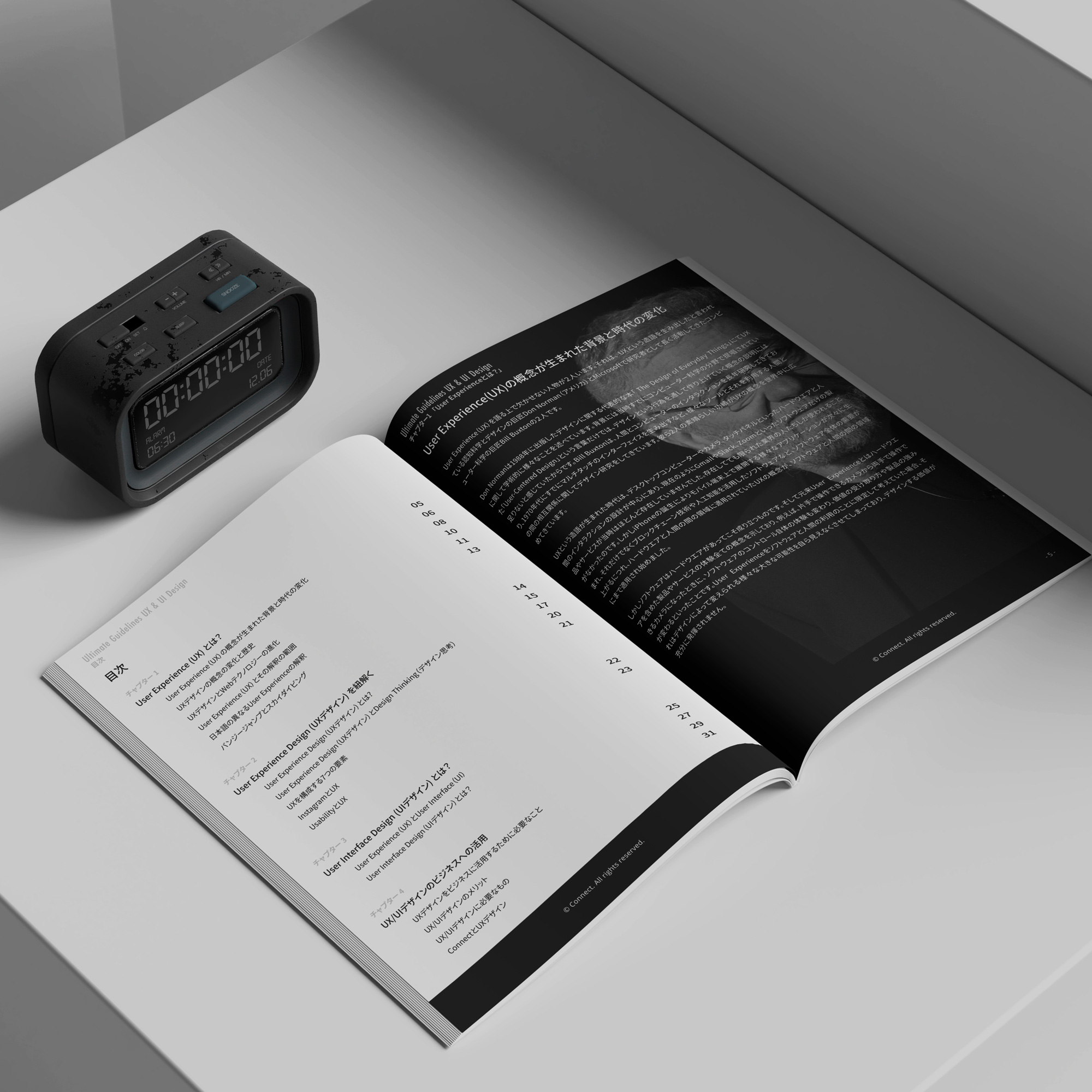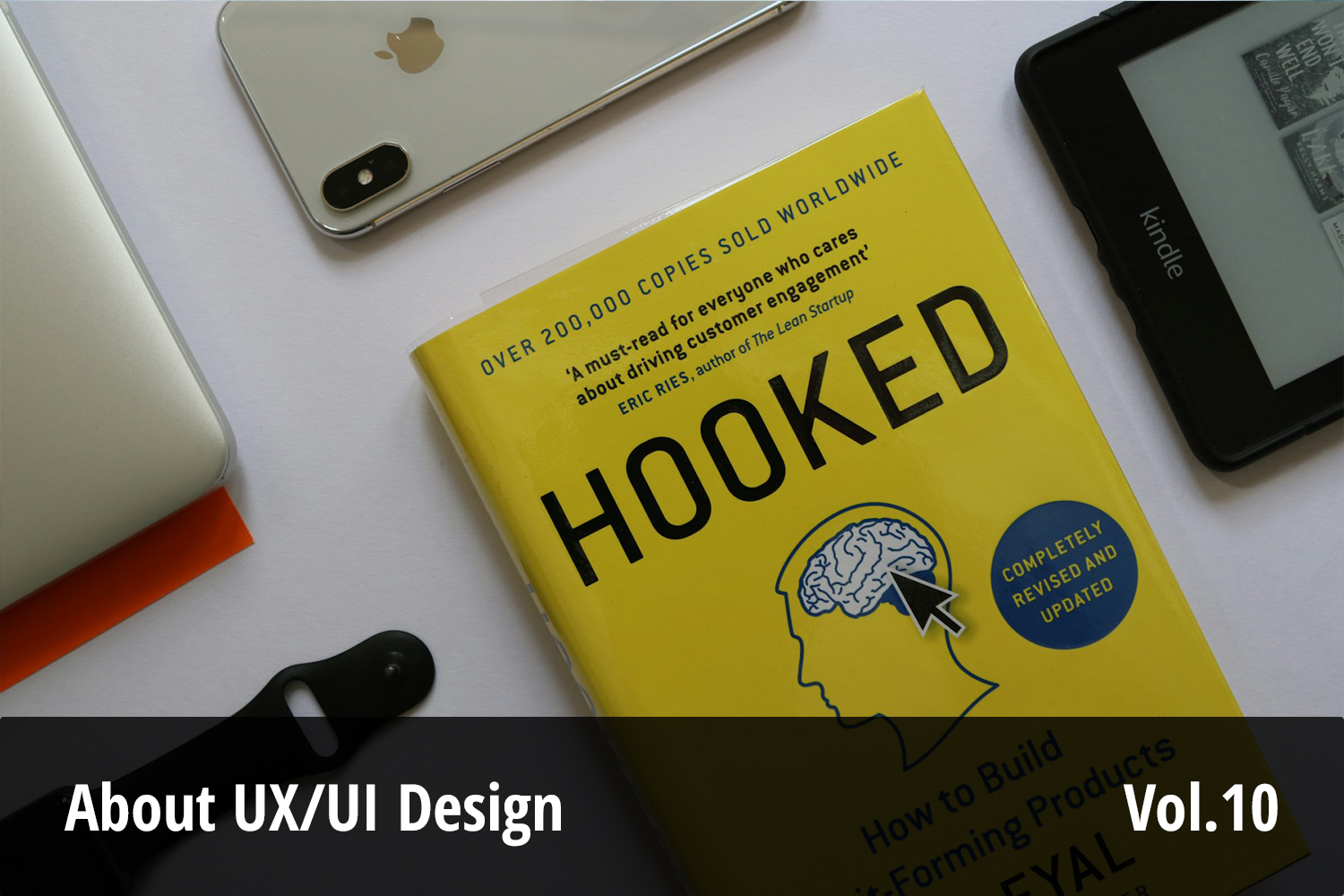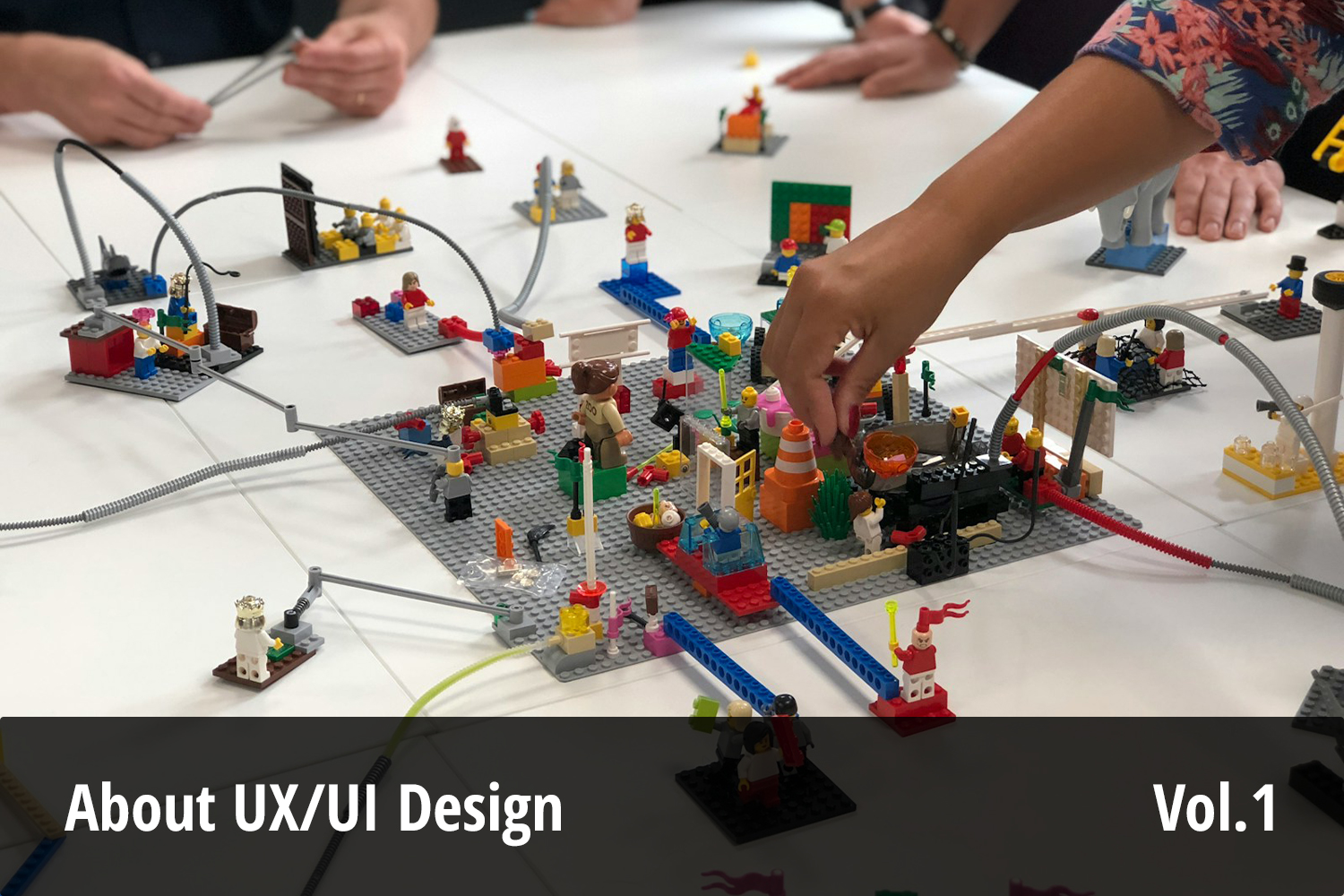Building on the insights from my previous article, this post will delve deeper into how UX design is critical in shaping the success of SaaS products in today’s highly competitive market. The landscape is rich with innovation, featuring everything from advanced tools powered by blockchain and AI to cleverly engineered services that merge existing technologies to offer new value propositions. However, the key to longevity for any SaaS product is its ability to appeal broadly and adapt dynamically.
In our last discussion, I tackled the crucial distinctions between viewing SaaS as a product versus a service. Today, I’ll guide you through the essential strategies and actionable steps needed to establish a SaaS offering as a sustainable business. We’ll focus on implementing UX design that not only meets but exceeds user expectations, ensuring your SaaS product not only enters the market but thrives in it.
Leveraging Game Industry Expertise in SaaS Development
SaaS — commercialized software delivered primarily through the cloud—has become synonymous with affordability and accessibility, thanks to technological advancements like enhanced browser capabilities and improved server infrastructure. Yet, the concept of selling software as a viable business model isn’t new, and the game industry provides a prime example of this long-standing tradition.
Companies like Nintendo and SEGA have been at the forefront, developing and marketing video games for decades. These games aren’t just software; they often require consumers to purchase specific hardware to play them. The willingness of consumers to invest in this hardware speaks volumes about the allure of the software — it’s so compelling that people are prepared to buy the necessary consoles just to engage with it.
This dynamic underscores a critical lesson: without appealing software, hardware sales plummet. The game industry thrives on this interdependence, propelled by relentless marketing and a deep understanding of consumer engagement. Behind every successful game release is a wealth of experience, including lessons learned from failures.
The SaaS industry, while distinct in its delivery and product, can greatly benefit from the game industry’s insights into customer attraction and retention. Adopting strategies that have allowed game companies to consistently captivate and maintain their audiences can provide SaaS products with a competitive edge, ensuring not just market entry, but sustained growth and success.
Photo by Eugene Chystiakov on Unsplash
Many game companies experience a trajectory of initial failures before achieving success. Often, their early projects might be considered subpar or “crappy” games. These early setbacks are not merely obstacles but are vital learning opportunities that contribute to the companies’ gradual progress. Through each failed attempt, valuable insights are gained, allowing developers to refine their craft, better understand their audience, and innovate more effectively.
Identify Your Core Fans First
In the game industry, a fundamental strategy for success is to identify and engage your core fans right from the start. This approach is central to Game Thinking, a methodology championed by Amy Jo Kim, a seasoned expert with significant experience in the game industry. Her advocacy underscores the universal applicability of this strategy—not just for games or SaaS, but for virtually any business operating today.
The principle behind this approach is simple yet powerful: by focusing initially on the enthusiasts and early adopters who are most likely to be passionate about your product, you can create a solid foundation of support. These core fans not only provide invaluable feedback but also help spread the word, driving wider adoption through their networks. Establishing this dedicated user base early on is crucial for fostering growth and ensuring the long-term popularity of your product.
When launching a new product or service, grasping the dynamics of its market diffusion is crucial. Game Thinking incorporates principles from diffusion theory, which highlights the role of early adopters in introducing new innovations to the broader market. While it’s tempting to aim directly for widespread adoption, the reality is that successful market penetration often begins with these early adopters.
For startups and smaller businesses, directly targeting the broader market without considerable brand power or a substantial marketing budget is not only challenging but often impractical. It’s vital to recognize that even if your product holds significant value, adoption will not occur instantaneously across the entire market.
Game Thinking is particularly adept at navigating this landscape. It advises focusing on identifying and satisfying your core fans first. By tailoring your initial product developments to delight these enthusiasts, you lay a solid foundation for broader acceptance. These core fans, with their genuine interest and engagement, can become pivotal in gradually bringing your product to a wider audience through their advocacy and feedback. This strategy is not just about making sales; it’s about creating a dedicated user base that grows organically and sustainably.
Understanding The Maturity Of An Industry And A Product
Game Thinking strategically leverages the influence of core fans, often early adopters, to help refine and expand products. This concept is particularly illustrative in the context of role-playing games (RPGs) like Dragon Quest, Final Fantasy, and Zelda.
In their initial releases, these games featured relatively simple story structures, a far cry from the complex, open-world designs seen in their latest iterations. Given the technological constraints of earlier hardware and software, these initial offerings had to be straightforward. However, their simplicity did not detract from their appeal; rather, it was a stepping stone that allowed the games to evolve in response to user feedback and technological advancements.
The presence of core fans, who have followed these series from their beginnings, has been instrumental in this evolution. Their continued engagement and feedback have directly influenced the development of new games that are more aligned with their growing expectations and the maturing capabilities of gaming technology. This dynamic illustrates the importance of understanding both the current stage of product maturity and the developmental trajectory of the industry.
Tinder has solidified its position in the industry with a straightforward approach: SaaS does not necessarily demand the constant adoption of new technology. This platform exemplifies how effective it can be to maintain a focus on core functionality and user experience without continually chasing the latest tech advancements.
Photo by Good Faces Agency on Unsplash
Reflecting on the evolution of SaaS over the last decade reveals that the functionalities of many existing products have grown increasingly complex and sophisticated, with users now expecting high levels of performance as standard.
Take Skype, for instance. When it first launched, Skype was one of the few services offering video calling, allowing it to enjoy a near-monopoly in the market. Today, however, the landscape has shifted dramatically. With competitors like Zoom and Google Meet enriching their feature sets, any new entrant aiming to compete in this space must offer superior functionality and usability right from the start to stand a chance.
Conversely, newcomers like ChatGPT can carve out a niche by delivering a unique functional advantage that sets them apart from existing solutions. Their success illustrates how innovation within a single functional area can be sufficient to establish a viable business.
Yet, not all successful products fit neatly into these categories of enhancing existing functionalities or introducing new ones. Tinder is a prime example. At its launch, there were already established competitors like Match.com. However, Tinder distinguished itself not through complex software or cutting-edge technology but by revolutionizing the user experience in dating. Its simple, user-friendly interface and the novel swipe mechanism radically changed how people connect, proving that sometimes, simplicity and a fresh approach to user interaction are all it takes to lead the market.
This variety in the paths to success underscores the importance of understanding the specific market landscape when developing a SaaS product. A successful strategy often involves identifying and growing with your core fans, ensuring that the product not only meets but exceeds their expectations. By focusing on what truly matters to your users, you can tailor your offerings to carve out a sustainable and successful niche in the competitive SaaS marketplace.
Get a Free UX Consultation!
No matter the scope of your project, it’s advisable to consult a UX design expert early in the process. While not every situation may require a UX designer—sometimes a UI designer or even your existing team resources can suffice— recognizing this early can save on unnecessary expenditures. Engaging the right expertise from the start ensures that your project is not only cost-effective but also aligned with the best practices in user experience design.
Free Download
At Genki Brothers, we have initiated the startup “Connect” with the aim of exploring the integration of UX/UI design within business contexts.
For those interested in creating innovative and unprecedented experiences in your business endeavors, we encourage you to read our book. Please complete the submission form provided below. Upon receipt of your email, an automatic reply containing the download link for the book will be sent to you.
With over 20 years of international experience in digital design, product development, and strategic business leadership, Yoshi's had the privilege to lead high-profile projects for global brands like Nike, Converse, and Airbnb, where I demonstrated exceptional proficiency in crafting compelling business pitch decks and translating complex technical concepts into user-friendly designs.
Other Open Sources
